Magenta is that colour that sits somewhere between red and purple. It’s also one of the four inks in your printer (showing my age there) that the colour cartridge uses. But where does the word ‘magenta’ come from? Well, it turns out it has quite the bloody backstory.
Magenta is a town in Lombardy in northern Italy. It’s also the site of the Battle of Magenta. This was a key moment in the Second Italian War of Independence which took place in 1859, when the French and Sardinians fought the Austrians. Not sure where the Italians were*. Around the same time, lots of chemists were in fierce competition to develop new synthetic dyes. In 1859, the same year as the battle, French chemist François-Emmanuel Verguin created a vibrant reddish-purple dye from coal tar derivatives. Originally called ‘fuchsine’ (after the fuchsia flower), it was soon rebranded as ‘magenta’, probably because the colour was reminiscent of the bloodshed at the battle.
Before synthetic dyes like magenta, rich red and purple hues were difficult and expensive to produce. They were often made from crushed insects (like cochineal) or rare plants. The invention of magenta dye changed this, making vivid colours more accessible for clothing, art and industry. PHEW.
Magenta isn’t a real colour in the way that red or blue are. That’s because it doesn’t have its own wavelength of light. Instead, our brains create magenta when we see both red and blue light at the same time, basically filling in the gap in the spectrum where green would normally be. Weird, right? This reminds of the mindblowing (or noseblowing) fact that our brains filter our noses out of our vision, as otherwise they’d get in our way.
* I did some Wikipedia searching and here’s a quick history lesson – Italy wasn’t unified at the time, and lots of Italian states didn’t take part in this war. The one that did, Piedmont-Sardinia, knew it couldn’t win on its own, so it teamed up with France (the cost was that they had to hand over Nice and Savoy to Napoleon III). And because much of northern Italy was under Austrian rule, it was essentially a war between Austria and France (there were lots of Italian nationalist volunteers in it too though). The battle of Magenta was a decisive victory for the Franco-Sardinian alliance.
This is the linear visible spectrum – look, no magenta!





